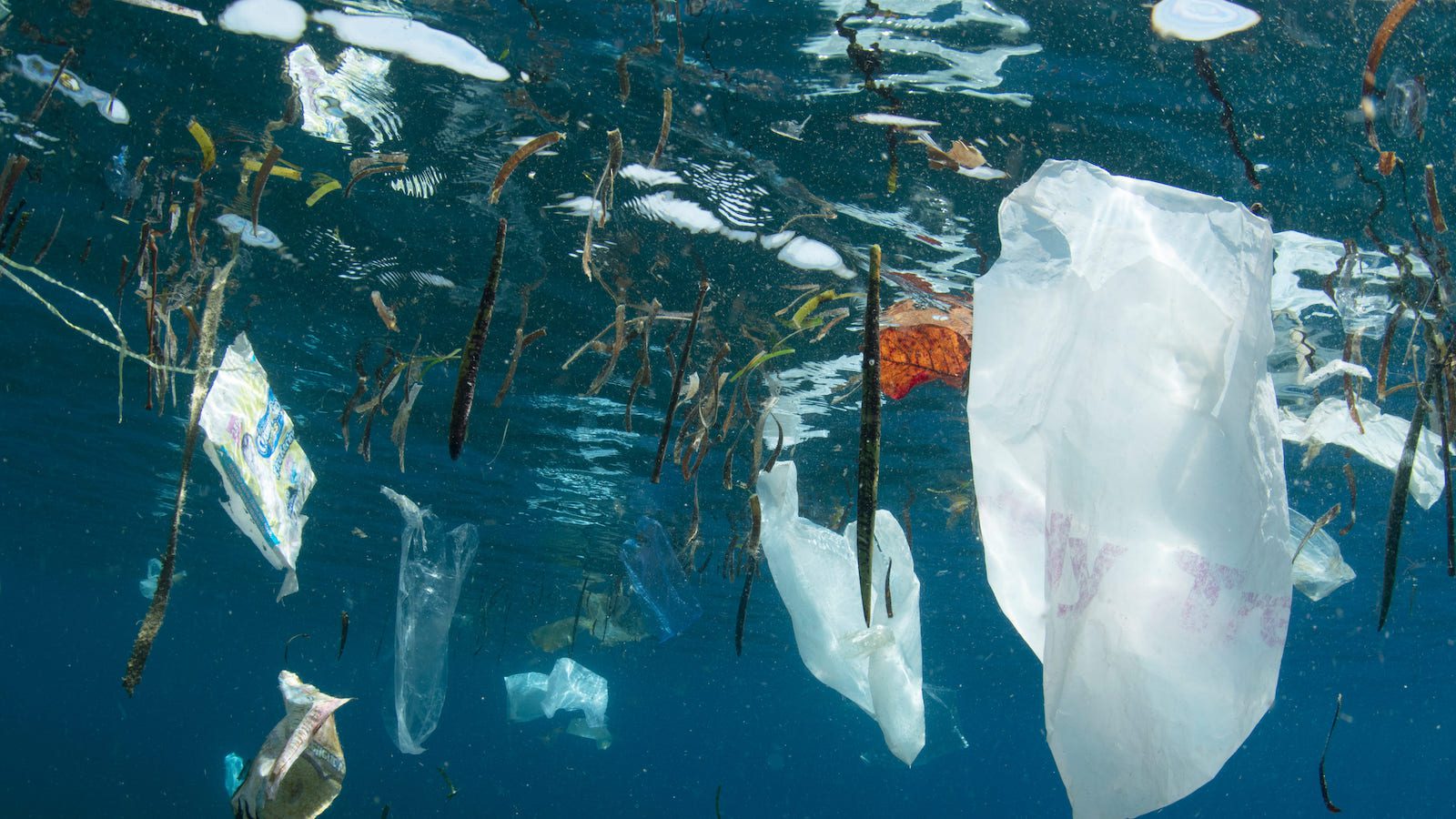It is no secret that the Pacific Ocean is filled with trash.
Not only is it the largest ocean in the world, but it is home to the Great Pacific Garbage Patch (GPGP), the largest offshore plastic accumulation zone in the ocean.
While plastic and trash accumulate in five zones across the world’s oceans, the GPGP, which is located halfway between Hawaii and California, spans over 610,000 square miles, according to The Wall Street Journal (WSJ).
Within that massive area is an 80,000-ton floating island of plastic and trash, according to The Ocean Cleanup.
Marine biologists are now finding life attached to the GPGP.
A recent survey of collected items from the GPGP revealed invertebrate species on more than 70% of the debris items collected, a number which has shocked marine biologists, according to a study published in Nature Ecology & Evolution.
Many of the marine species found floating on the trash are coastal species. Researchers believe many of them were swept out to the open ocean through the tsunami that struck Japan in 2011. Marine species have been found to be thriving and even reproducing thousands of miles away from their natural habitats.
“To find that many coastal species on a relatively small sample size was shocking,” said Linsey Haram, a marine ecologist who was involved with the research, regarding the hundreds of marine invertebrate specimens that were recovered, according to NPR.
“Definitely anemones were the weirdest thing that we saw. We didn’t expect to see them because they didn’t have a very big signature in the Japanese tsunami debris work,” said Haram.
“They’re [referring to the coastal species found on the debris] having a blast,” said Matthias Egger, head of environmental and social affairs at The Ocean Cleanup and author of the study, per the WSJ.
Scientists previously believed that coastal species could not survive long-term at sea or create new communities there, according to NPR. “That’s really a shift in the scientific understanding,” said Egger.
According to marine biologist Rebecca Helm, cleaning up ocean plastic now creates a real dilemma, as doing so would result in a loss of marine life.
“Cleaning it up is not actually that simple,” she said, per the WSJ. “We have a lot of coastal species that wouldn’t have made it to the open ocean living on plastic in the high seas.”






